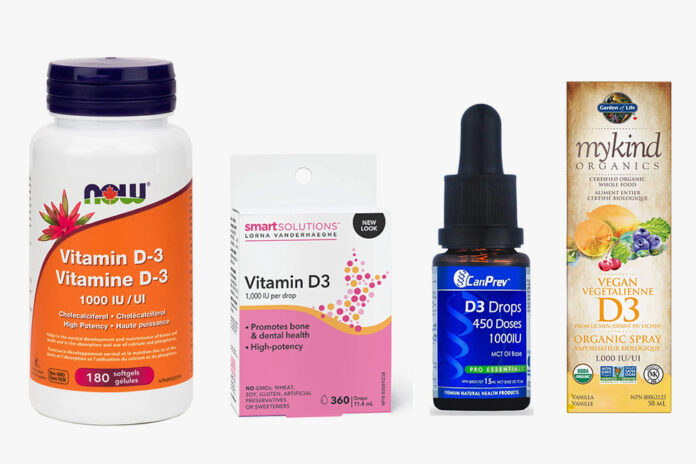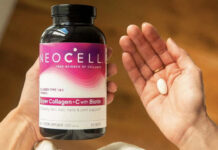
Impacting everything from bone strength to mood and immunity. However, not all Vitamin D is created equal—Vitamin D2 and D3 are two distinct forms with important differences in how they work in the body. Understanding these differences can help women choose the right supplements and maintain optimal Vitamin D levels.
What is Vitamin D and Why Do Women Need It?
Vitamin D helps the body absorb calcium, a key mineral for maintaining strong bones and teeth. Women, especially those approaching menopause, are at higher risk of bone loss and conditions like osteoporosis, making adequate Vitamin D crucial. Additionally, Vitamin D plays a role in immune function, muscle health, and even mood regulation.
Vitamin D2 vs. D3: Key Differences
- Source:
- Vitamin D2 (Ergocalciferol): Derived from plant sources such as mushrooms exposed to UV light.
- Vitamin D3 (Cholecalciferol): Found in animal products like fish, liver, and egg yolks, and also produced in the skin when exposed to sunlight.
- Potency:
- D3 is more potent and effective at raising and maintaining blood levels of Vitamin D.
- D2 is less efficient because it binds less strongly to Vitamin D receptors and breaks down more quickly in the body.
- How the Body Processes Them:
Both forms are converted in the liver to 25-hydroxyvitamin D, the active form measured in blood tests. However, studies show that D3 raises and sustains these levels better than D2.
Choosing the Right Vitamin D Supplement for Women
- D3 is the preferred choice for most women, especially those at risk of bone loss or with low Vitamin D levels.
- Vegan or vegetarian women may opt for D2 or plant-based D3 derived from lichen.
- Women living in northern climates or who spend little time in the sun may need a daily supplement to maintain healthy levels.
How Much Vitamin D Do Women Need?
The recommended daily intake of Vitamin D varies by age and life stage:
- Women aged 19–50 years: 600 IU (15 mcg) per day
- Pregnant or breastfeeding women: 600–800 IU (15–20 mcg) per day
- Women over 50 years: 800–1,000 IU (20–25 mcg) per day
Higher doses may be necessary for women with a diagnosed deficiency, but this should always be done under medical supervision.
Signs of Vitamin D Deficiency in Women
Low Vitamin D levels are surprisingly common in women and can lead to symptoms such as:
- Fatigue and low energy
- Bone pain or frequent fractures
- Depressed mood or anxiety
- Weak muscles
- Frequent infections due to a weakened immune system
If you experience any of these symptoms, talk to your healthcare provider about getting your Vitamin D levels tested.
Boosting Vitamin D Levels: Sunlight, Food, and Supplements
- Sunlight:
Aim for 10–30 minutes of midday sun exposure a few times a week, depending on skin tone and geographic location. Be mindful of sun protection and balance exposure to avoid skin damage. - Diet:
Include Vitamin D-rich foods in your diet:- Fatty fish (salmon, mackerel, sardines)
- Egg yolks
- Fortified foods (milk, orange juice, plant-based milk alternatives)
- Supplements:
Choose a high-quality Vitamin D3 supplement if you’re not getting enough from food and sunlight. Look for one with added calcium for bone health if needed.
Final Thoughts
For women, maintaining optimal Vitamin D levels is key to long-term health. Whether you’re trying to prevent bone loss, support your immune system, or boost your mood, understanding the difference between Vitamin D2 and D3 can help you make better health choices.
If you’re unsure about your Vitamin D levels, ask your healthcare provider for a blood test and guidance on the right supplement for your needs.
NOW Foods Vitamin D3
This budget-friendly supplement offers 10,000 IU of Vitamin D3 per softgel. It’s non-GMO, kosher, and free of common allergens such as dairy, eggs, sugar, soy, and corn.
CanPrev D3 Drops deliver 1,000 IU of Vitamin D3 per drop, supporting bone health and calcium absorption. With 450 drops per bottle and an MCT oil base for better absorption, it’s an easy daily supplement for maintaining Vitamin D levels year-round.











